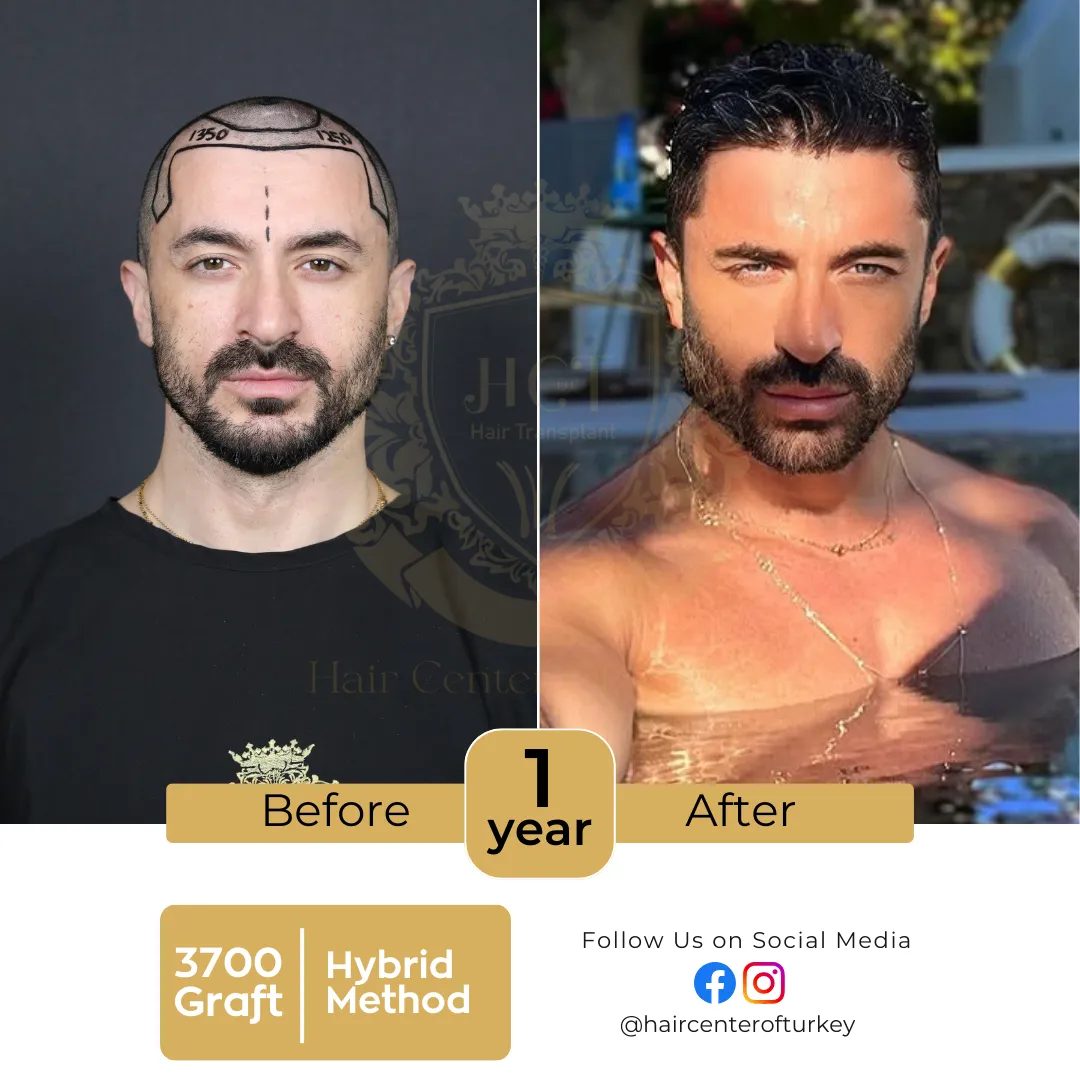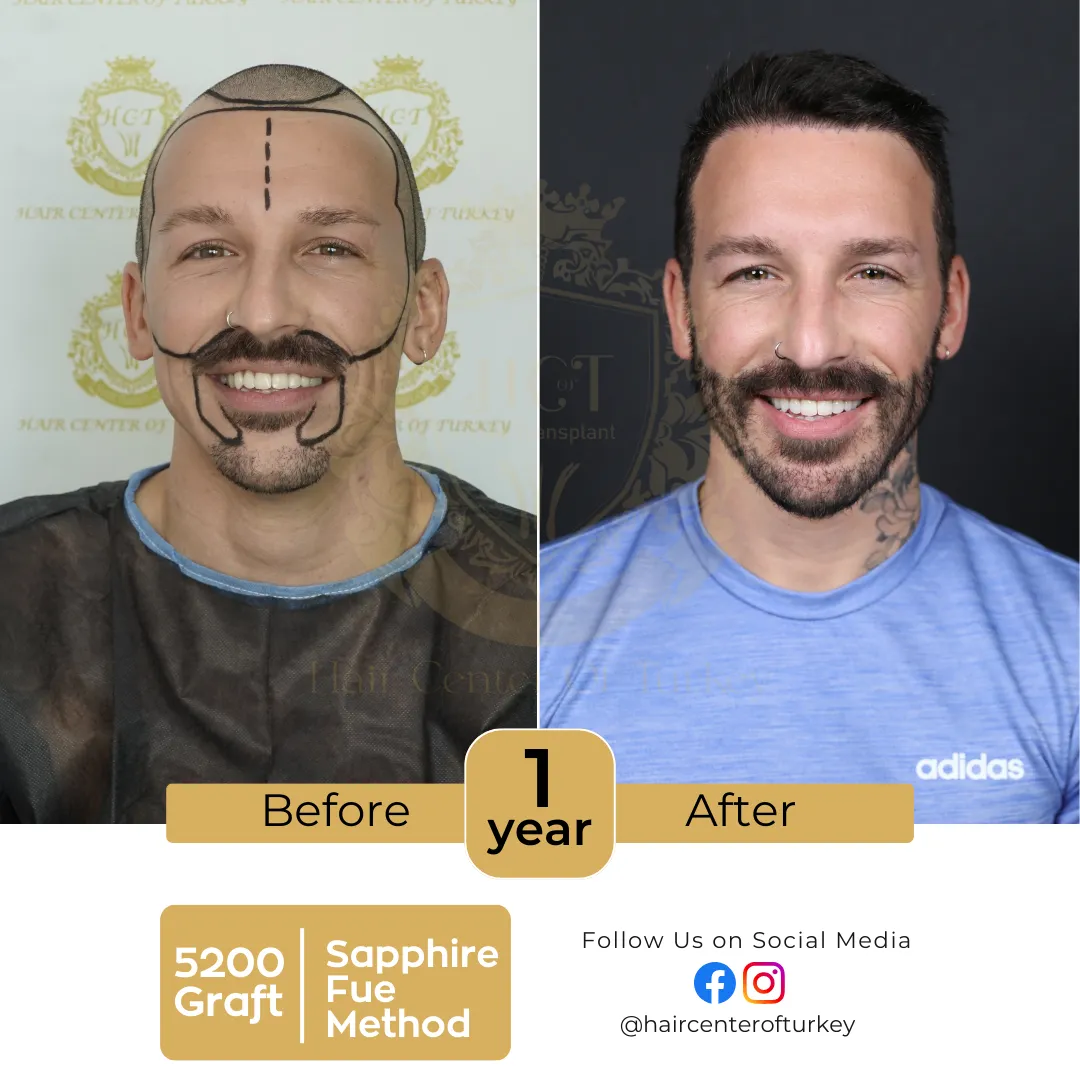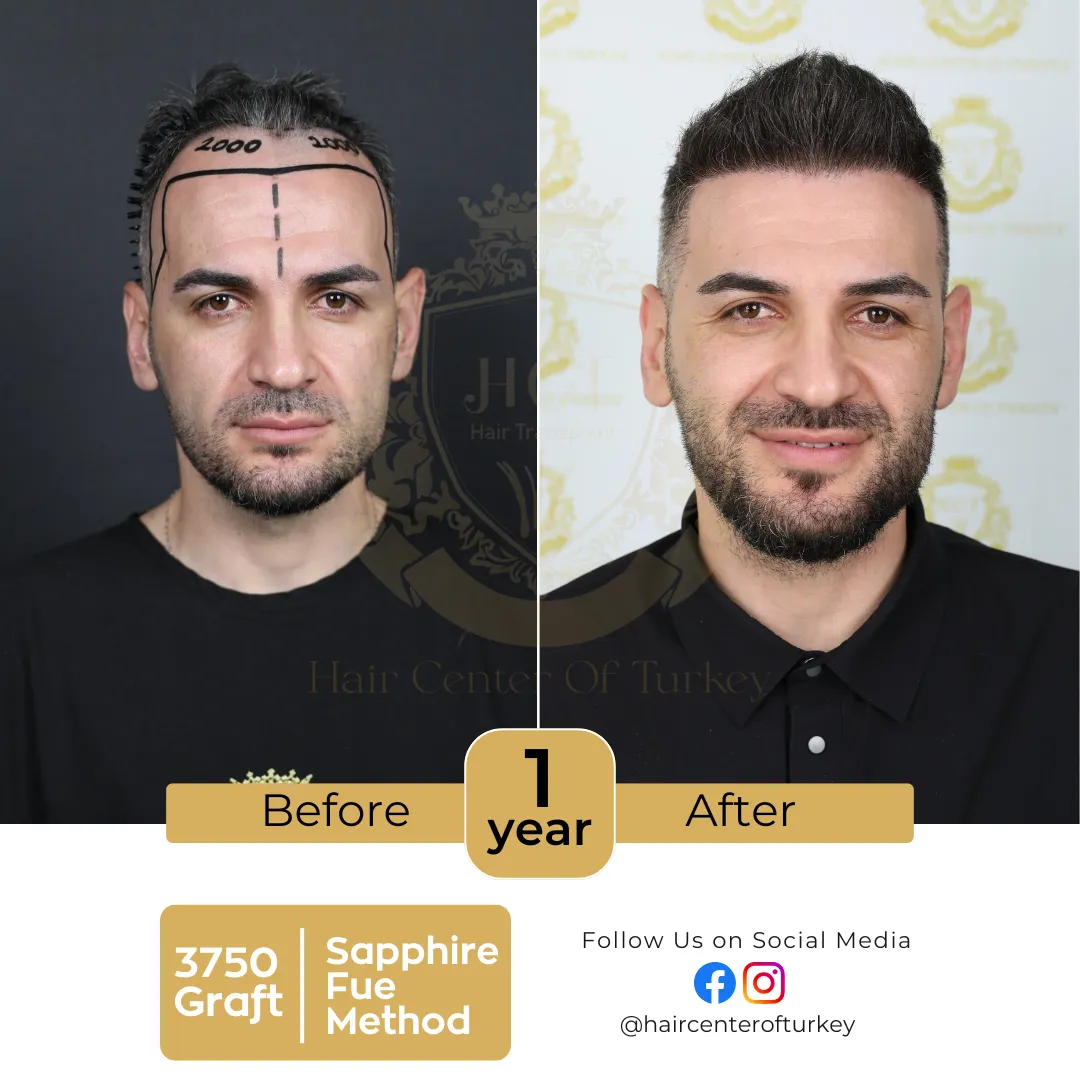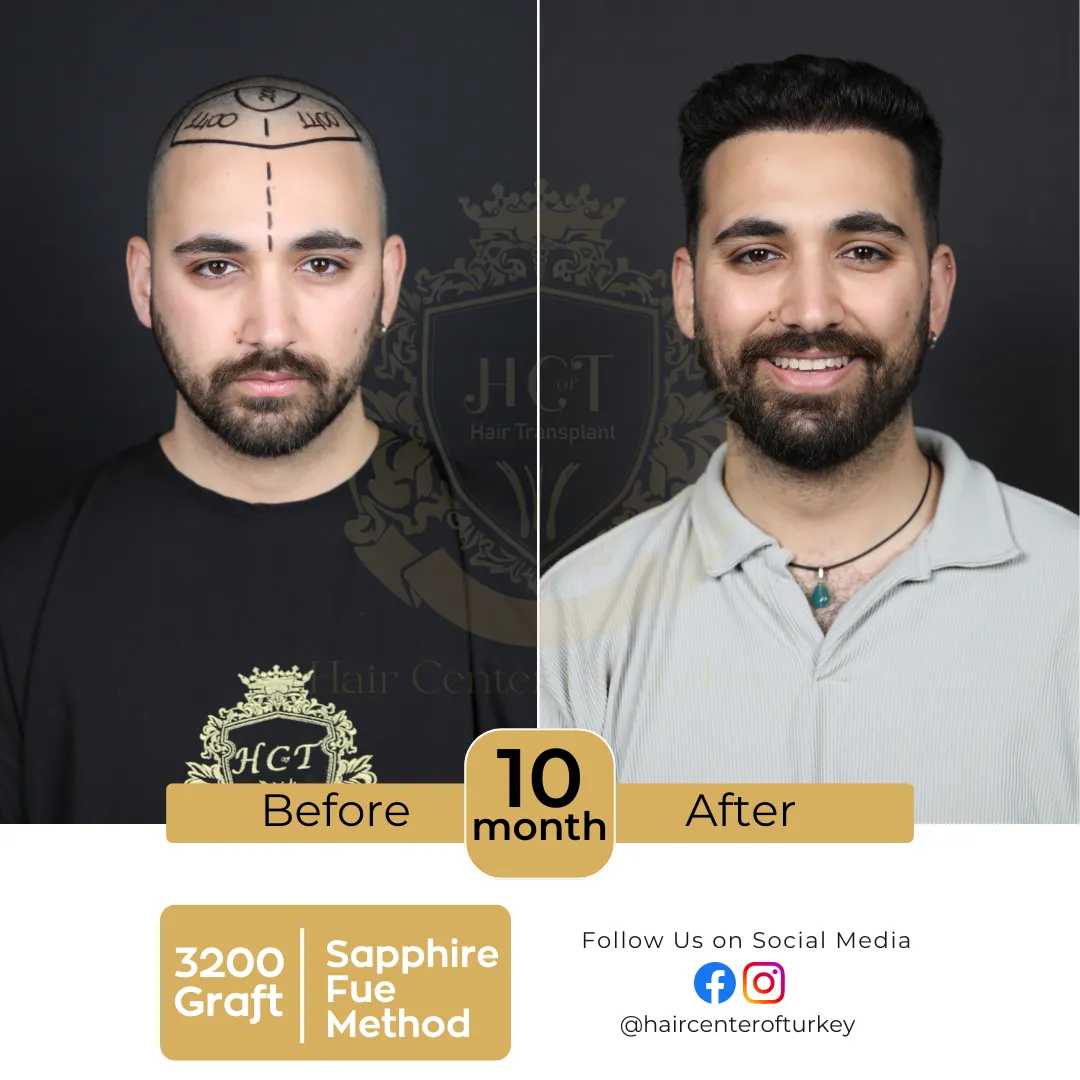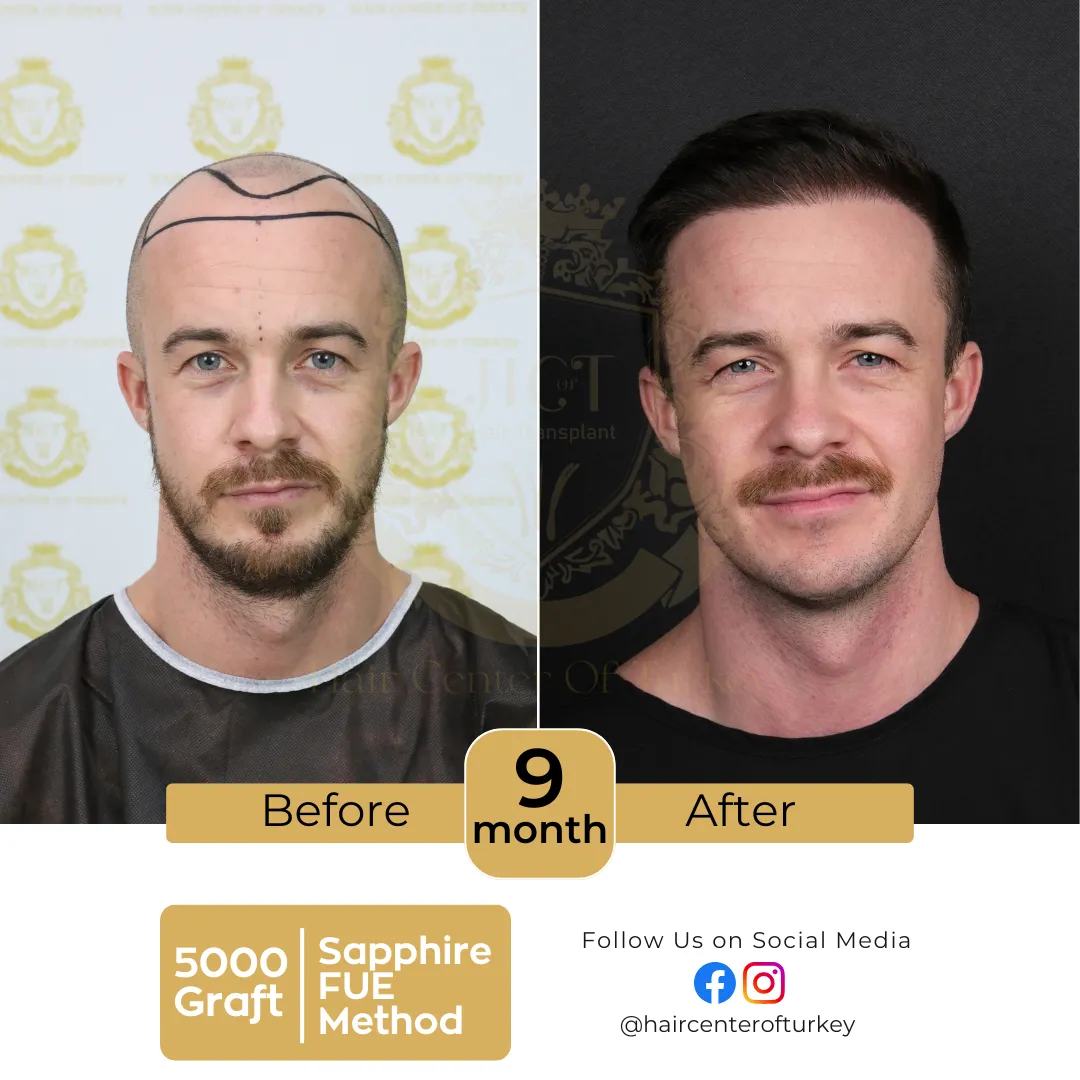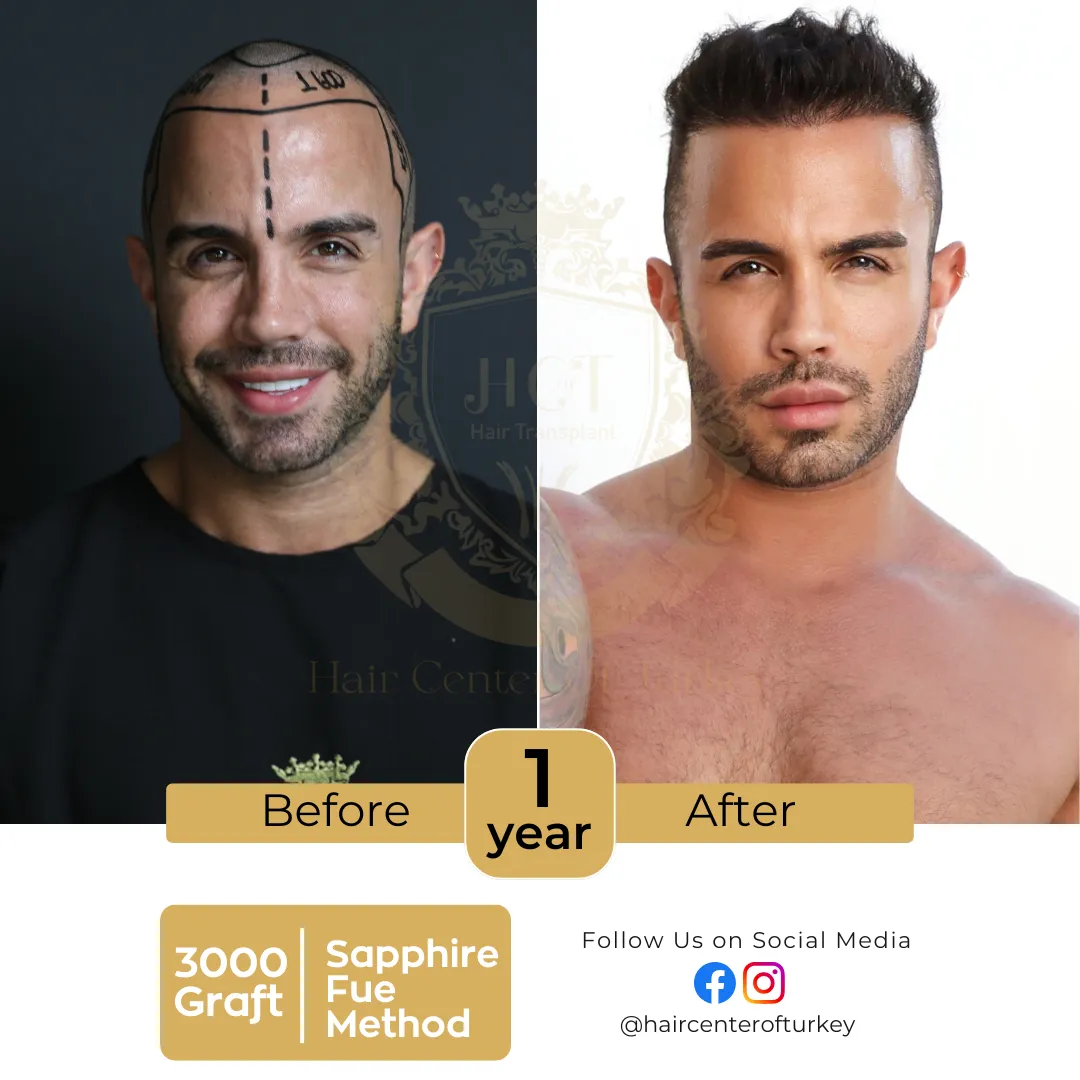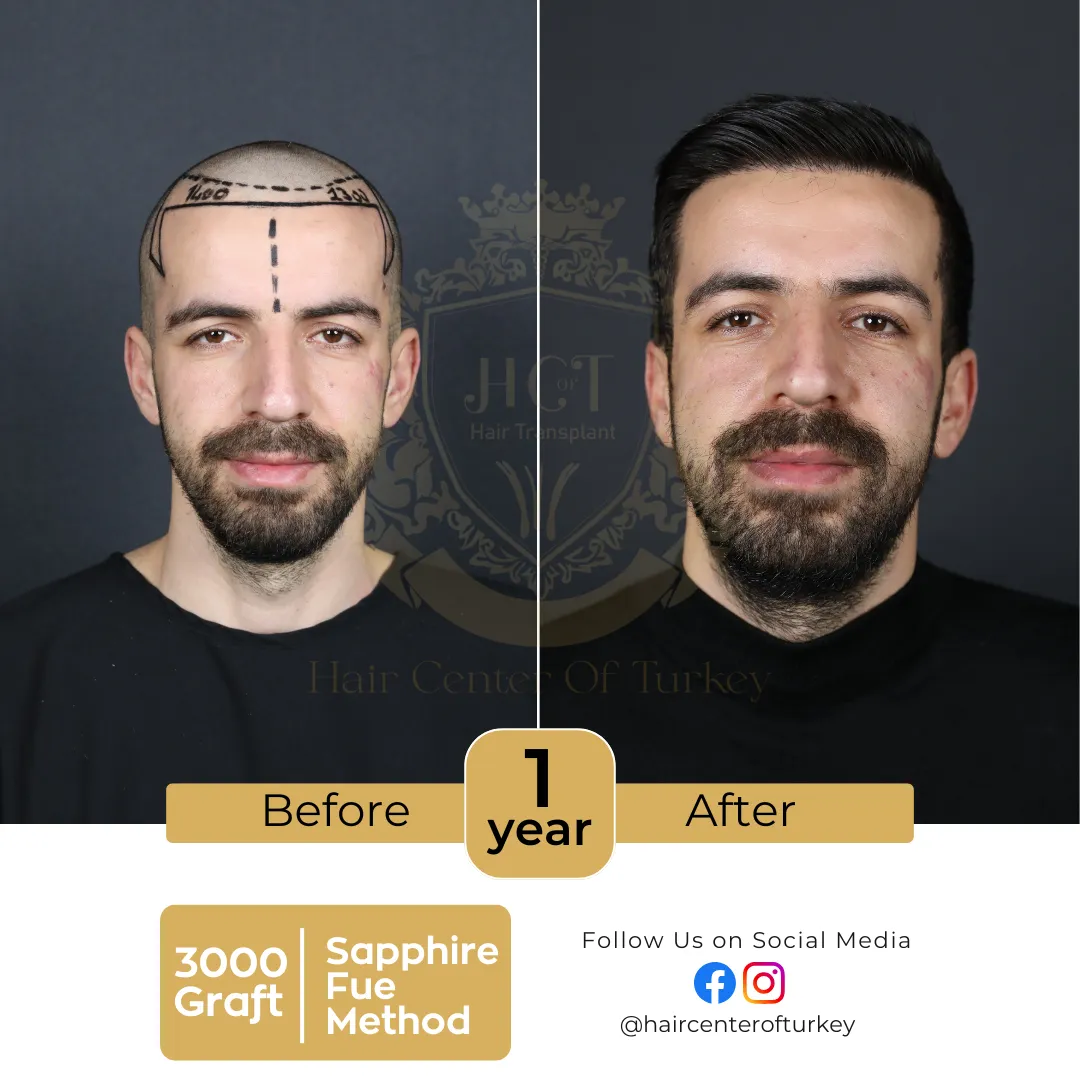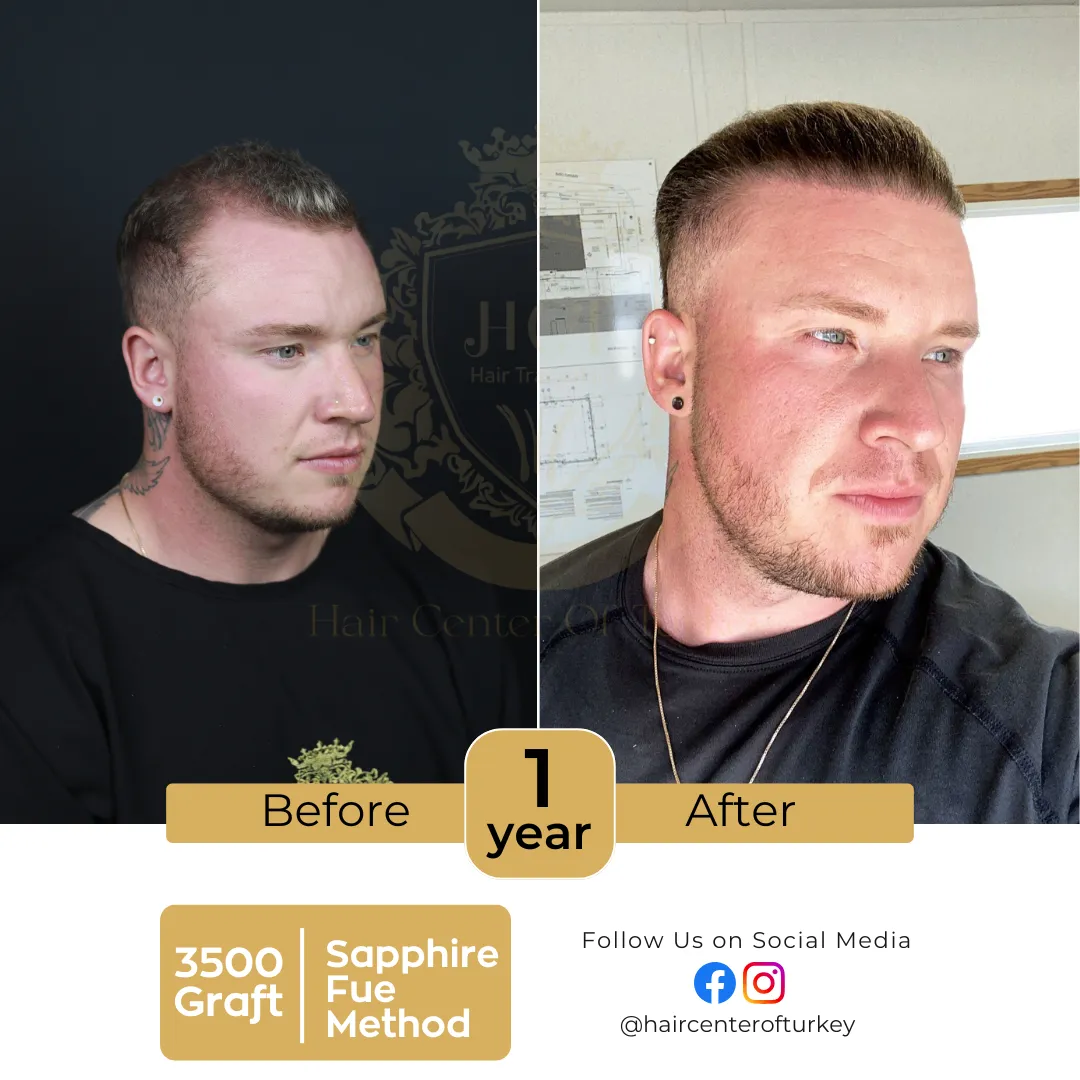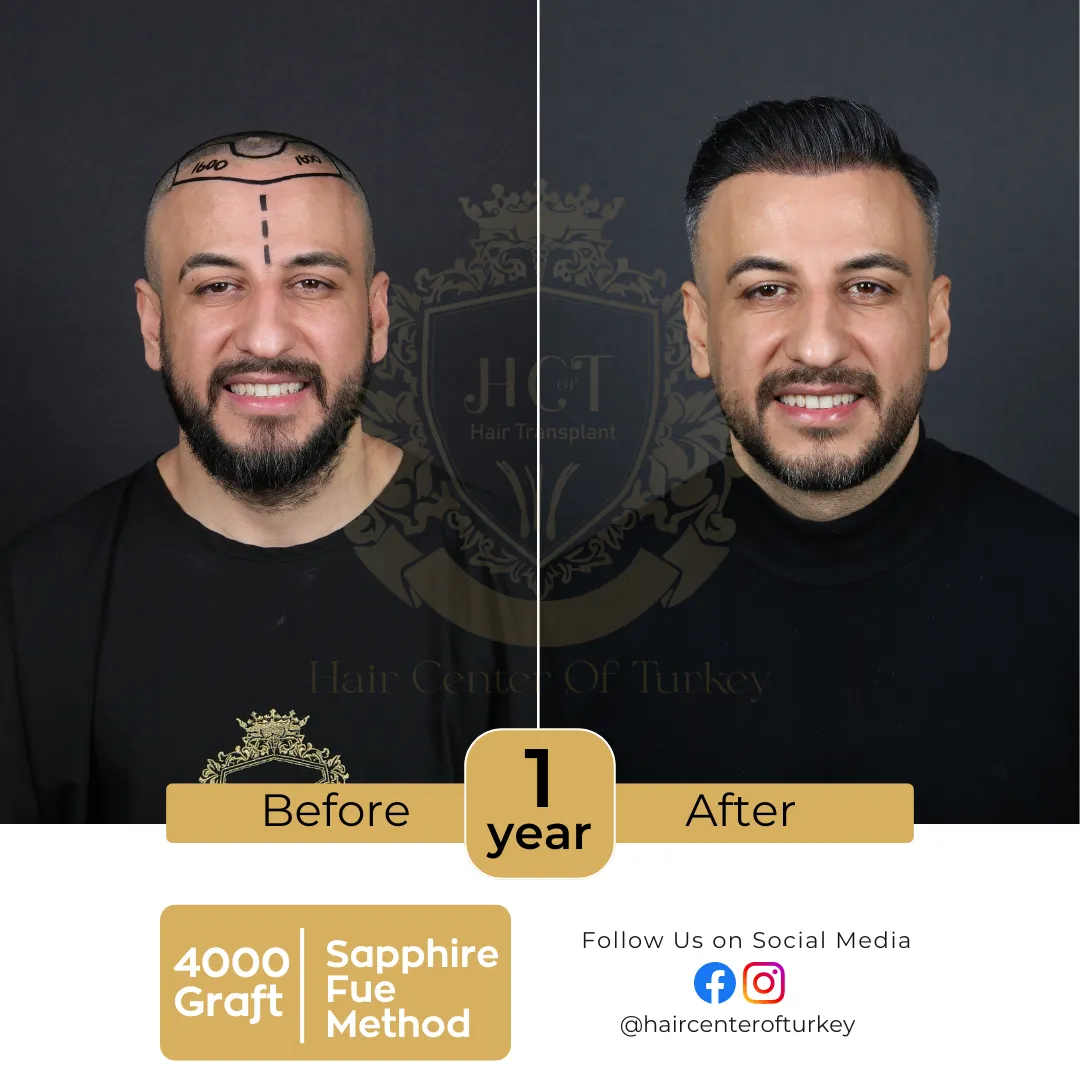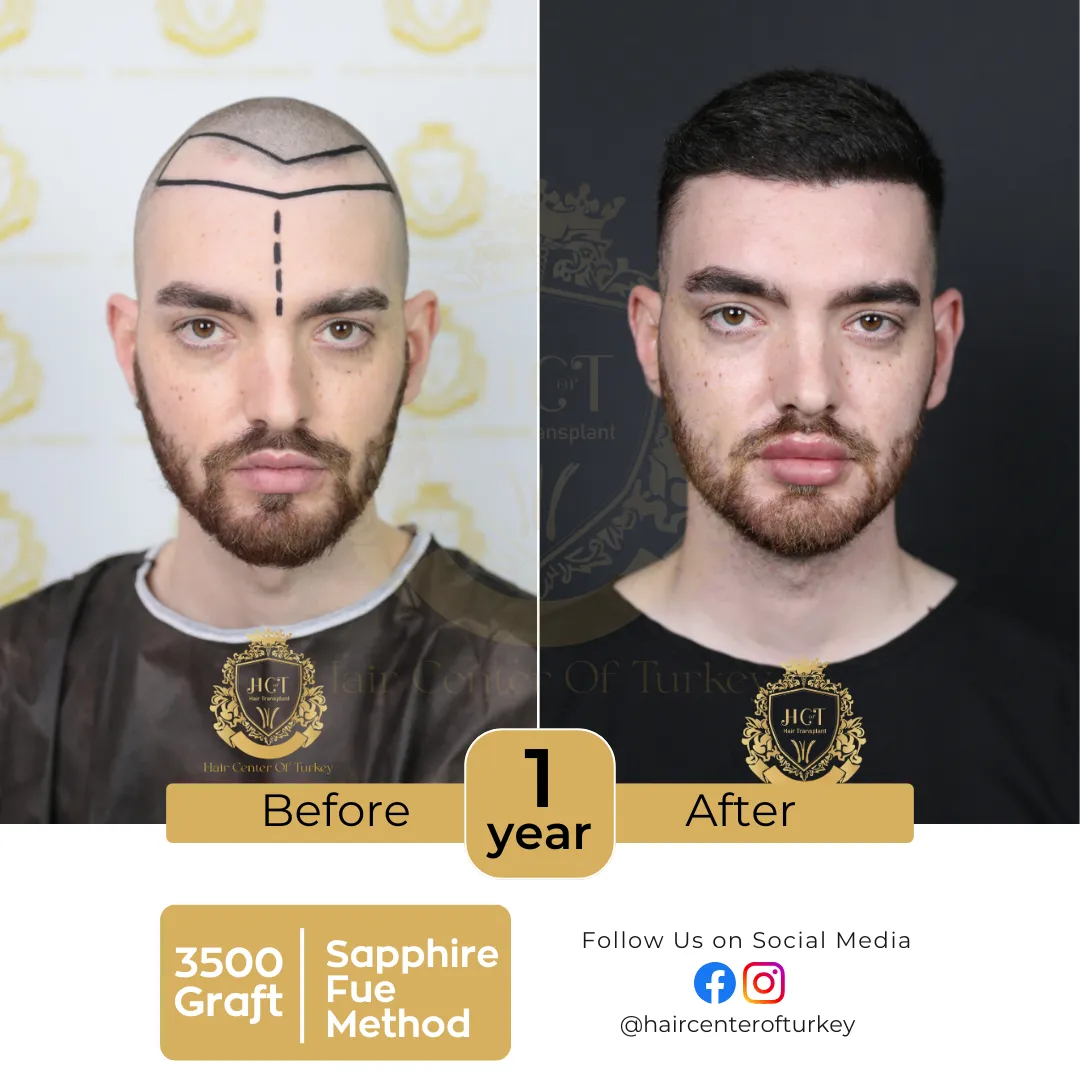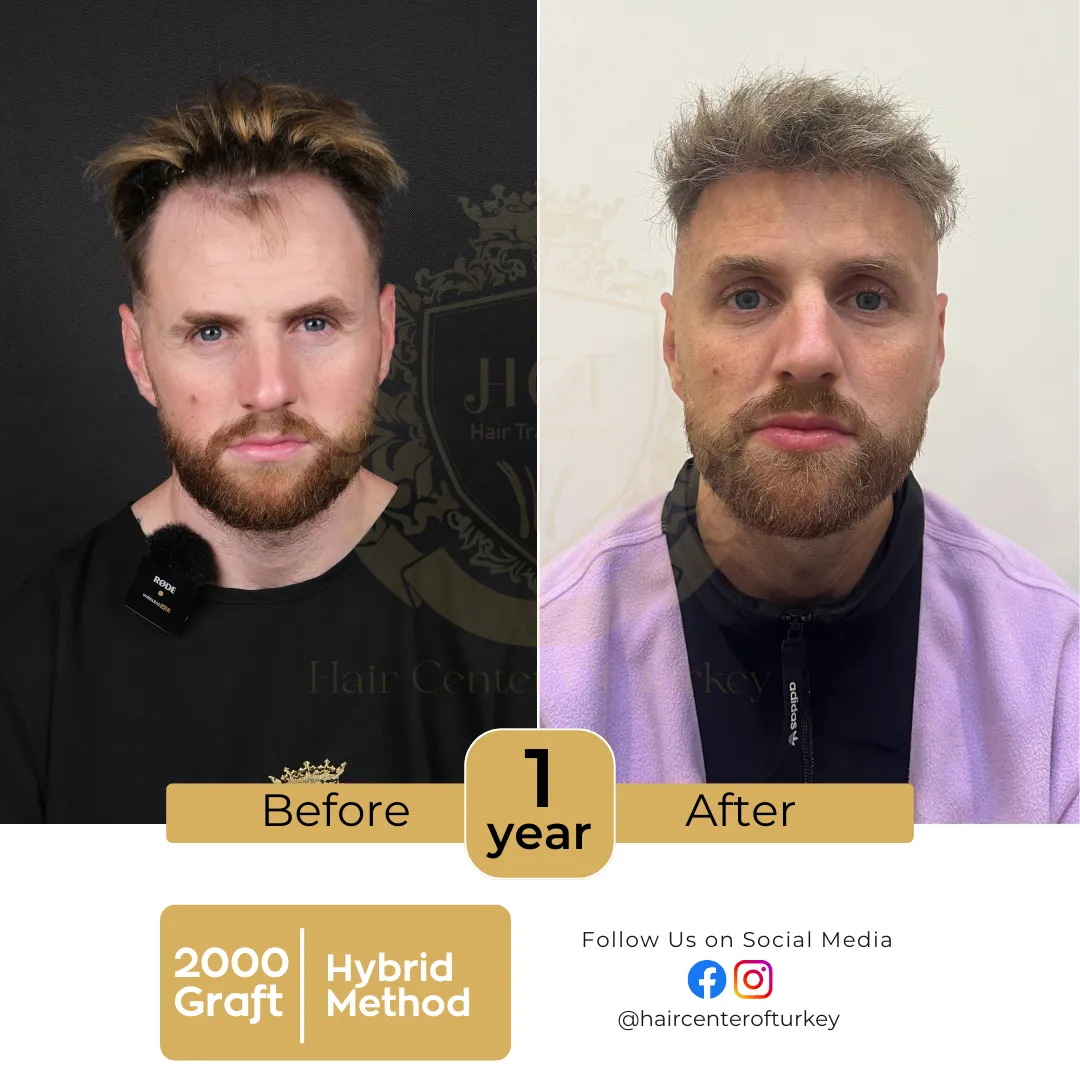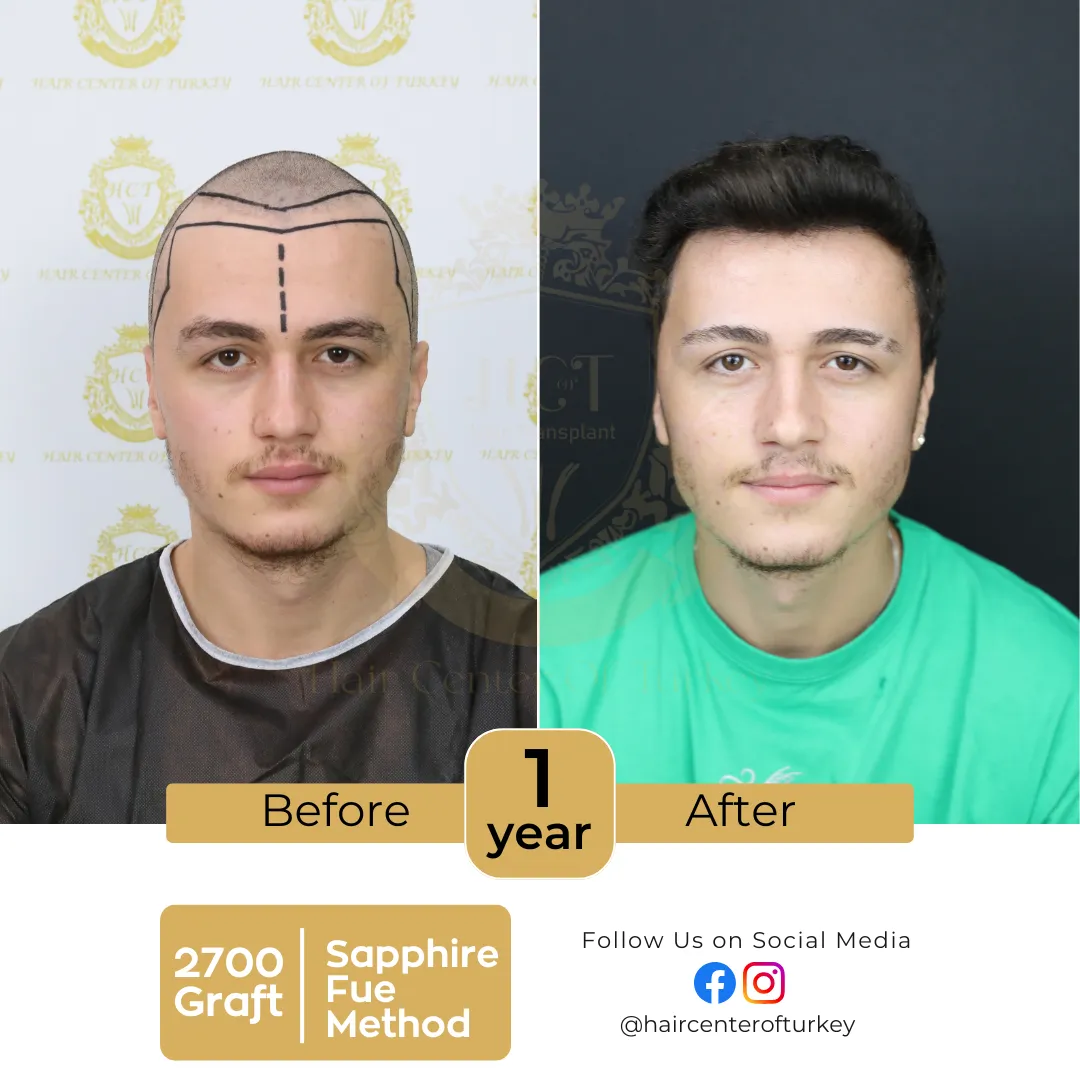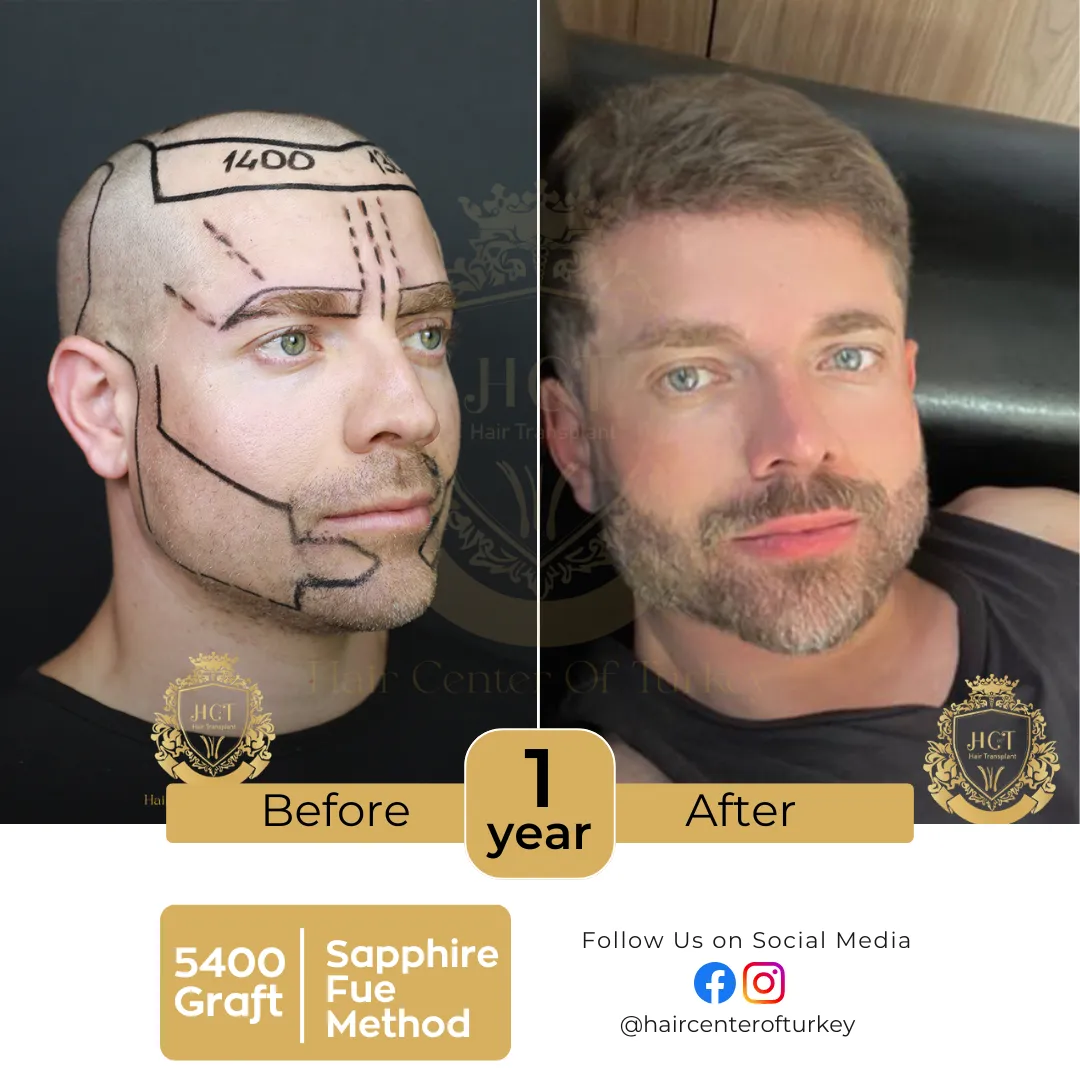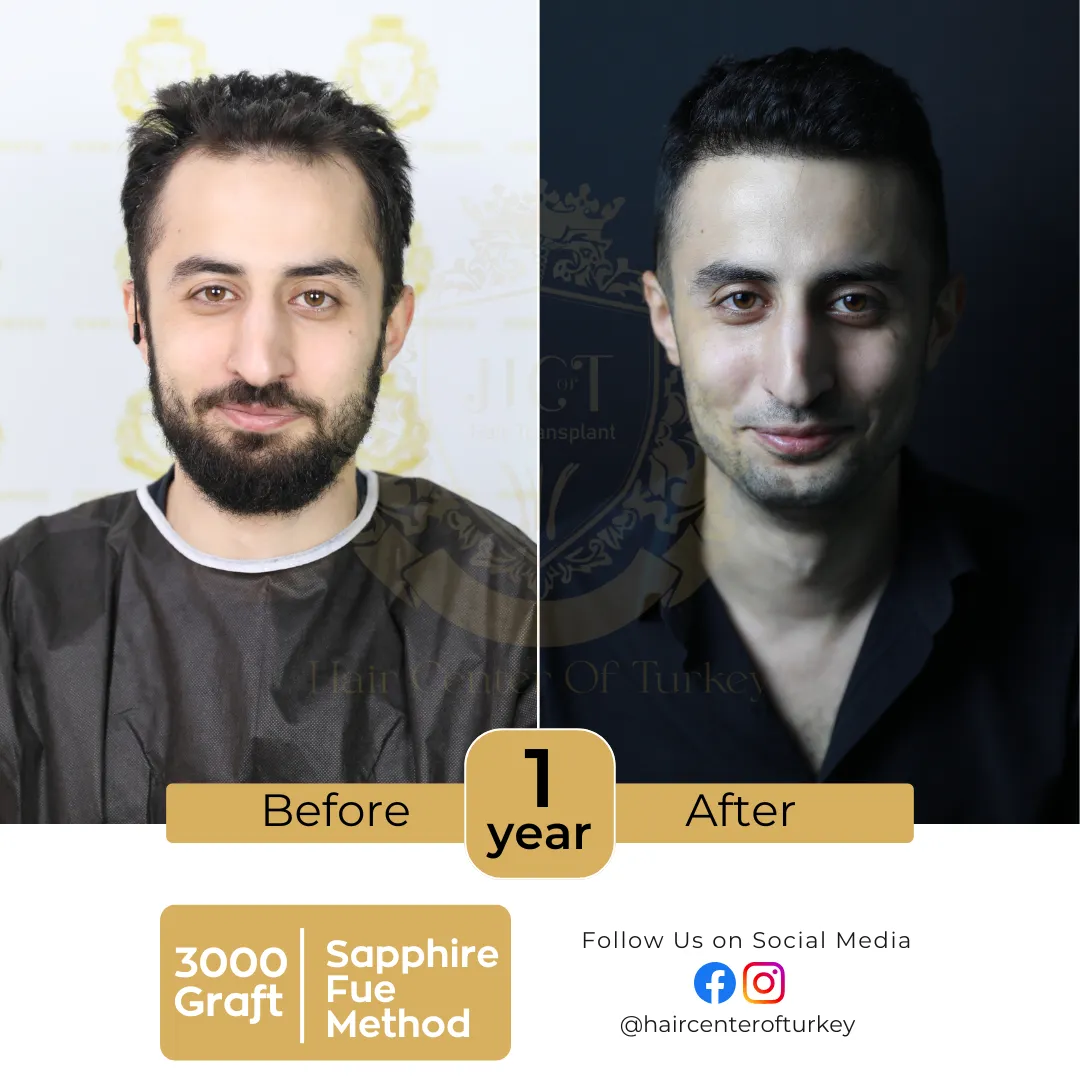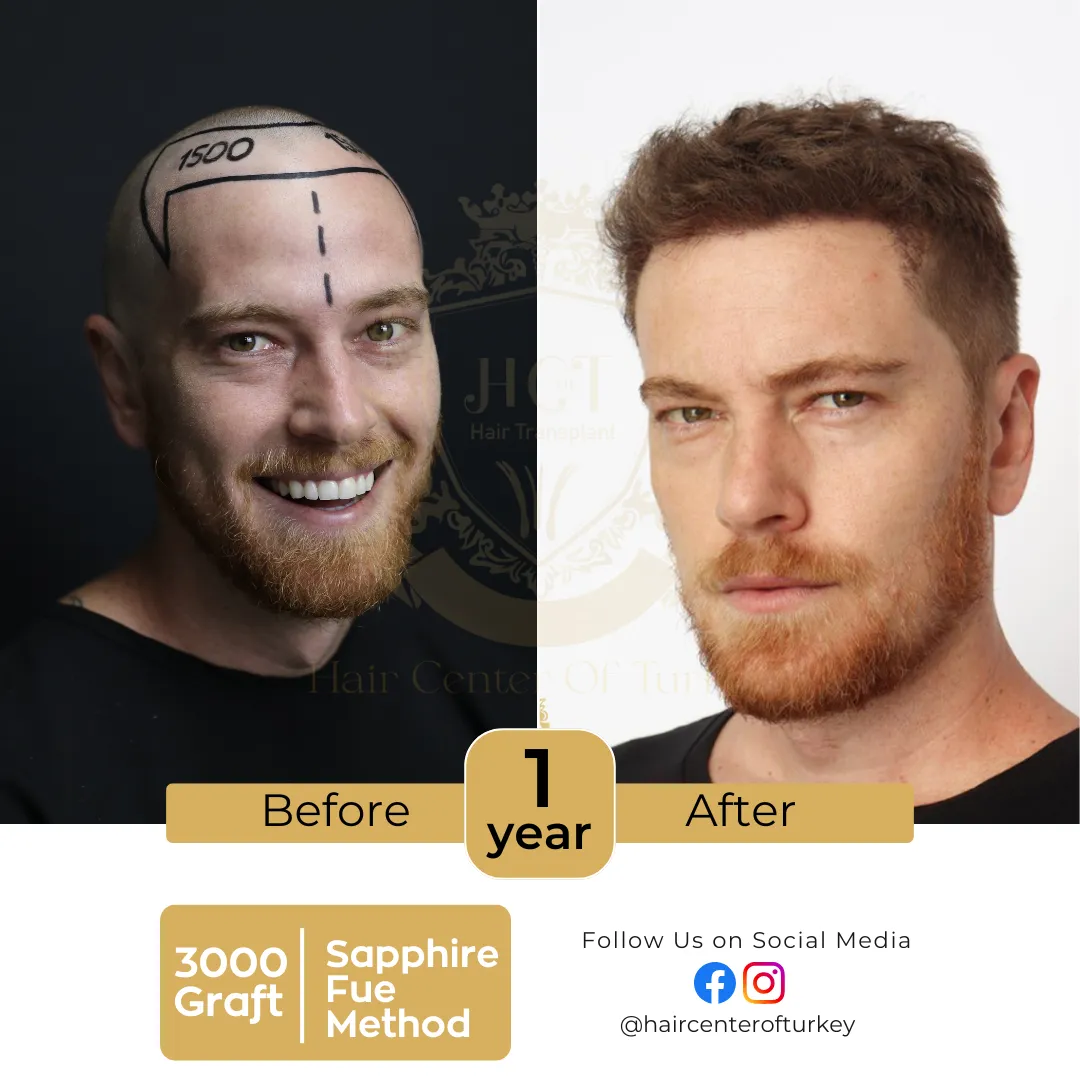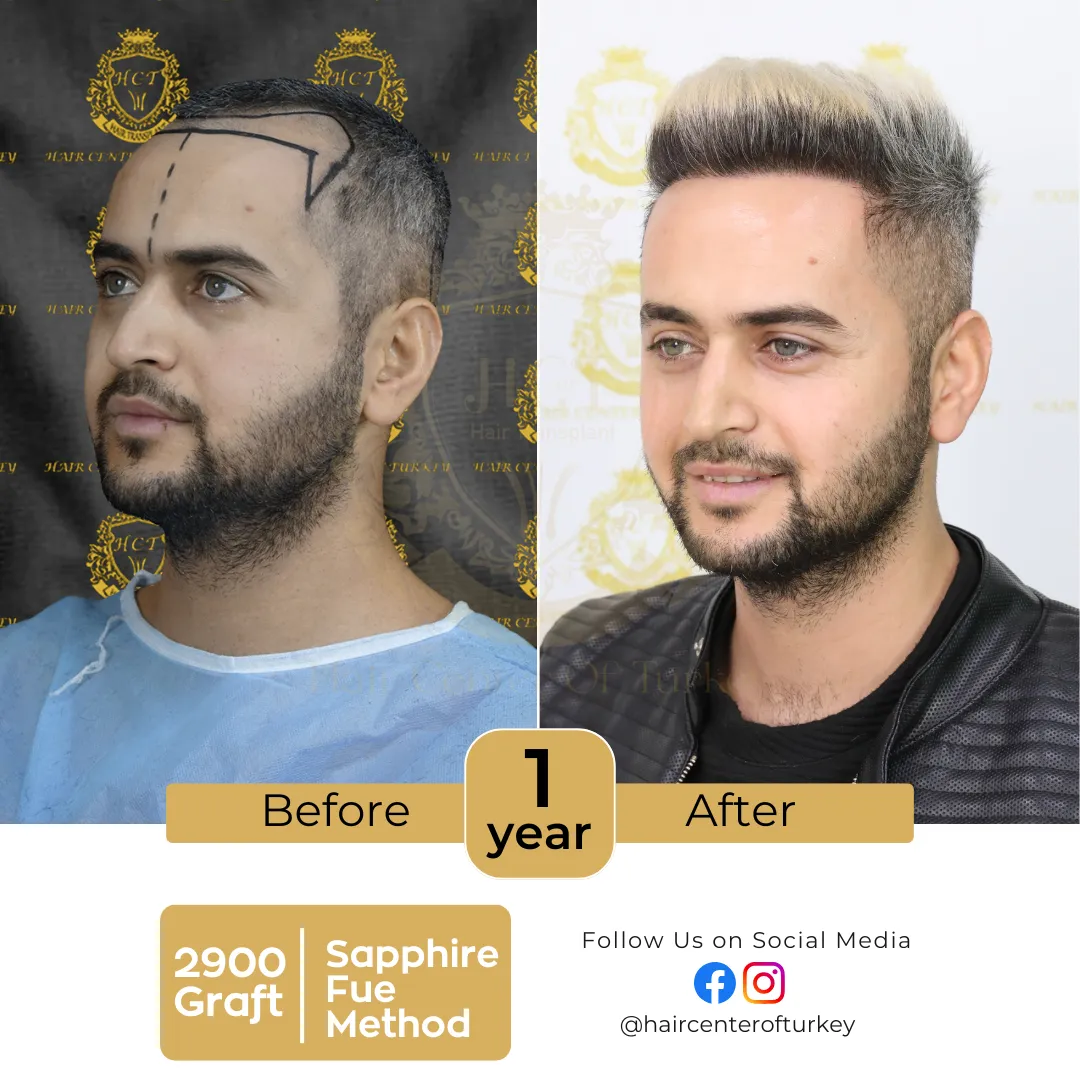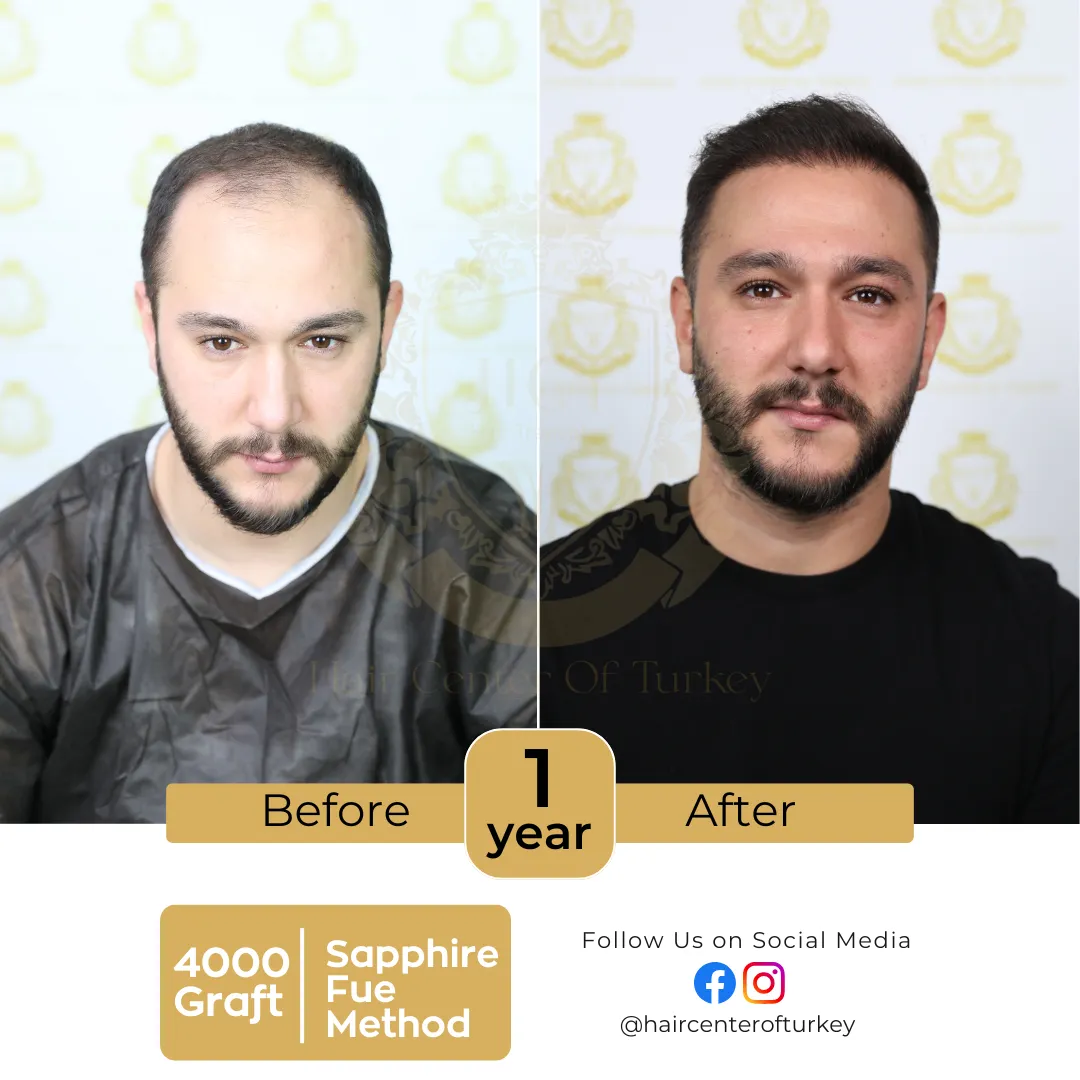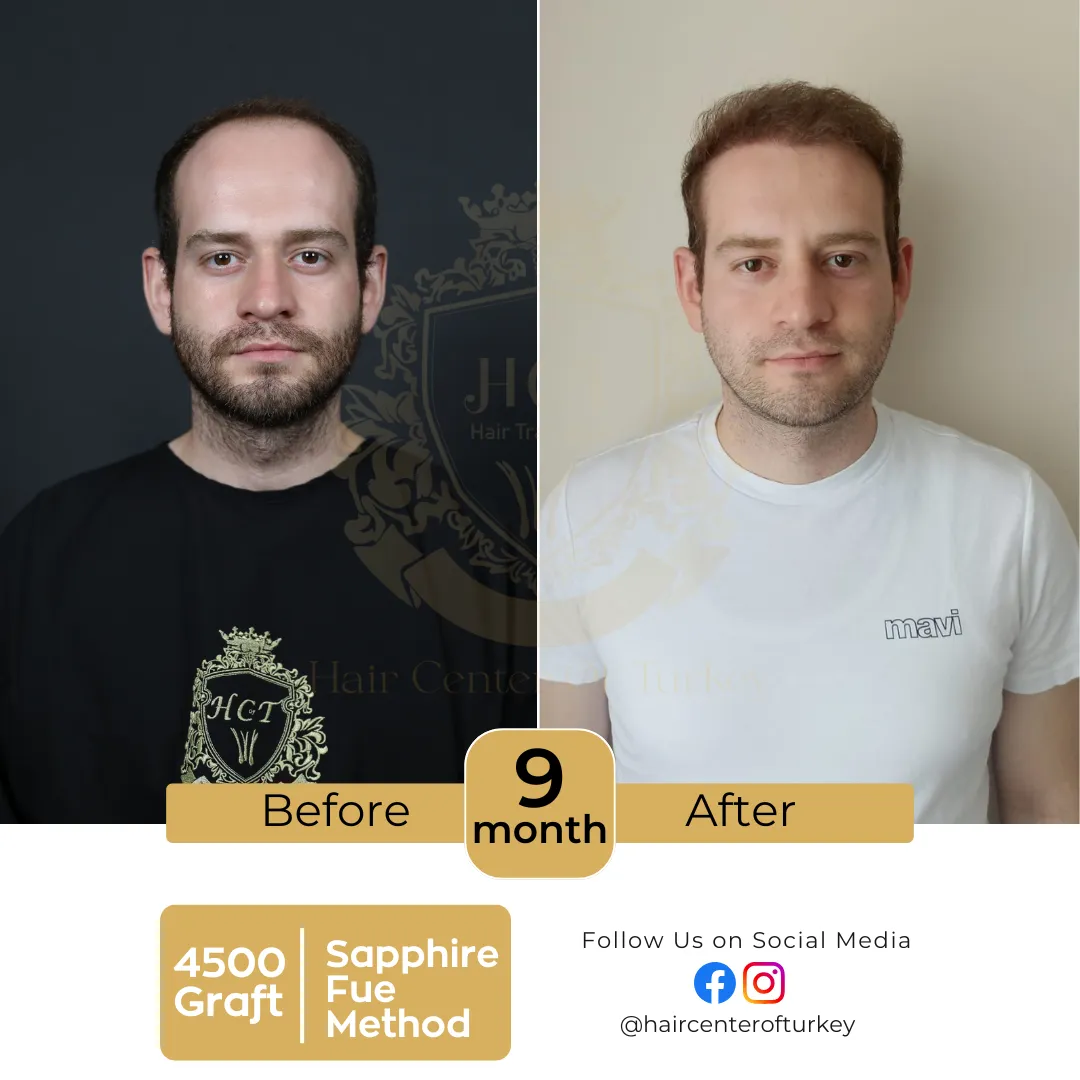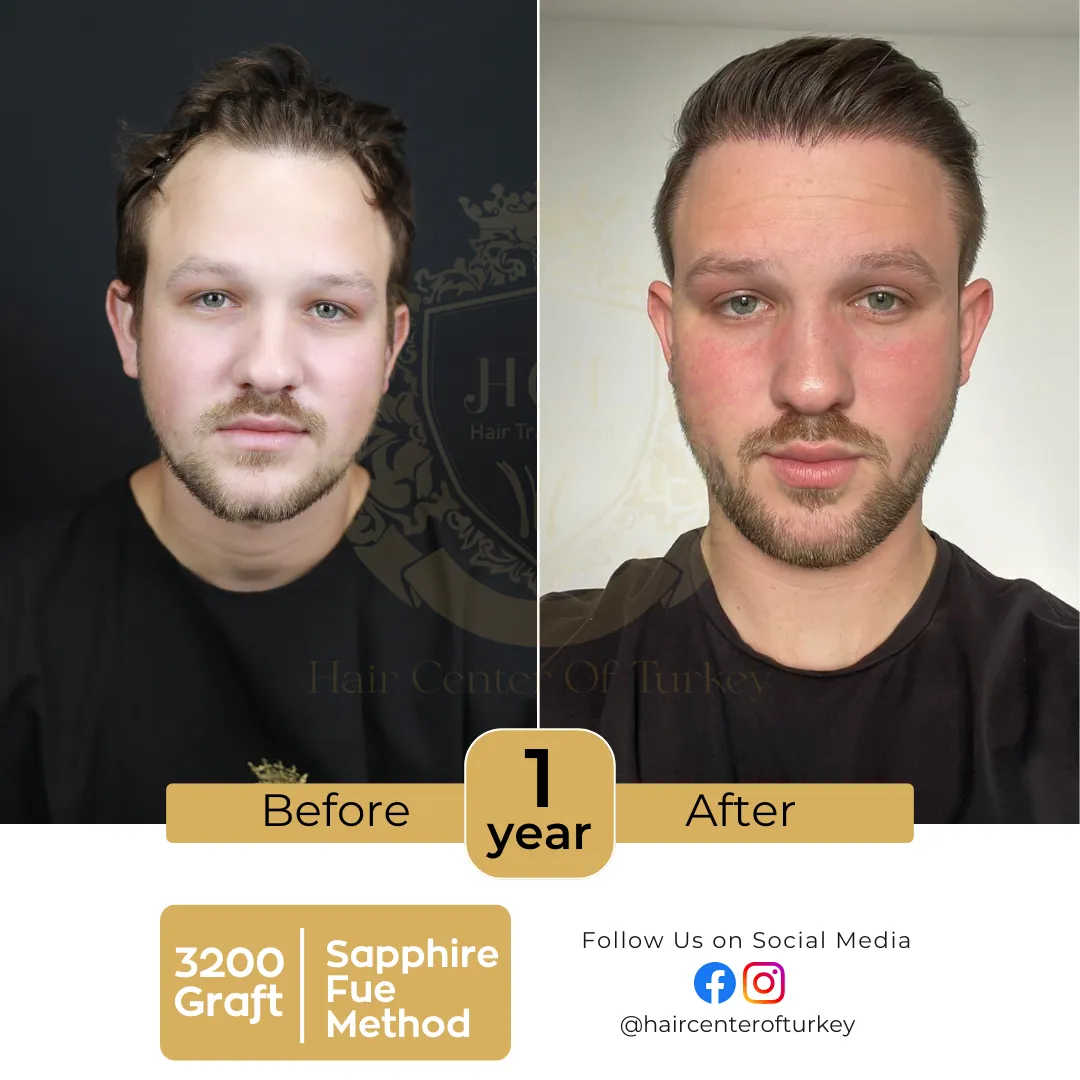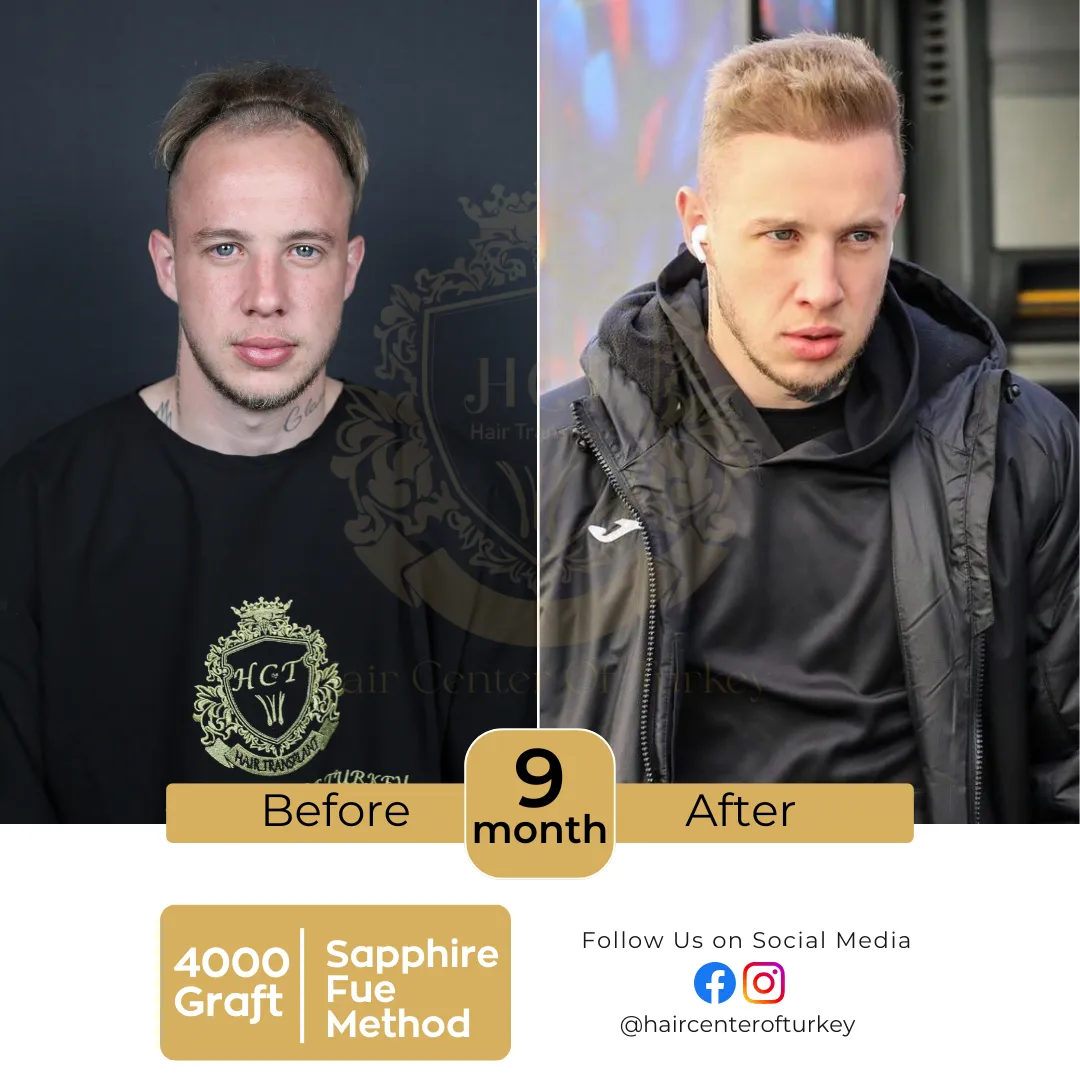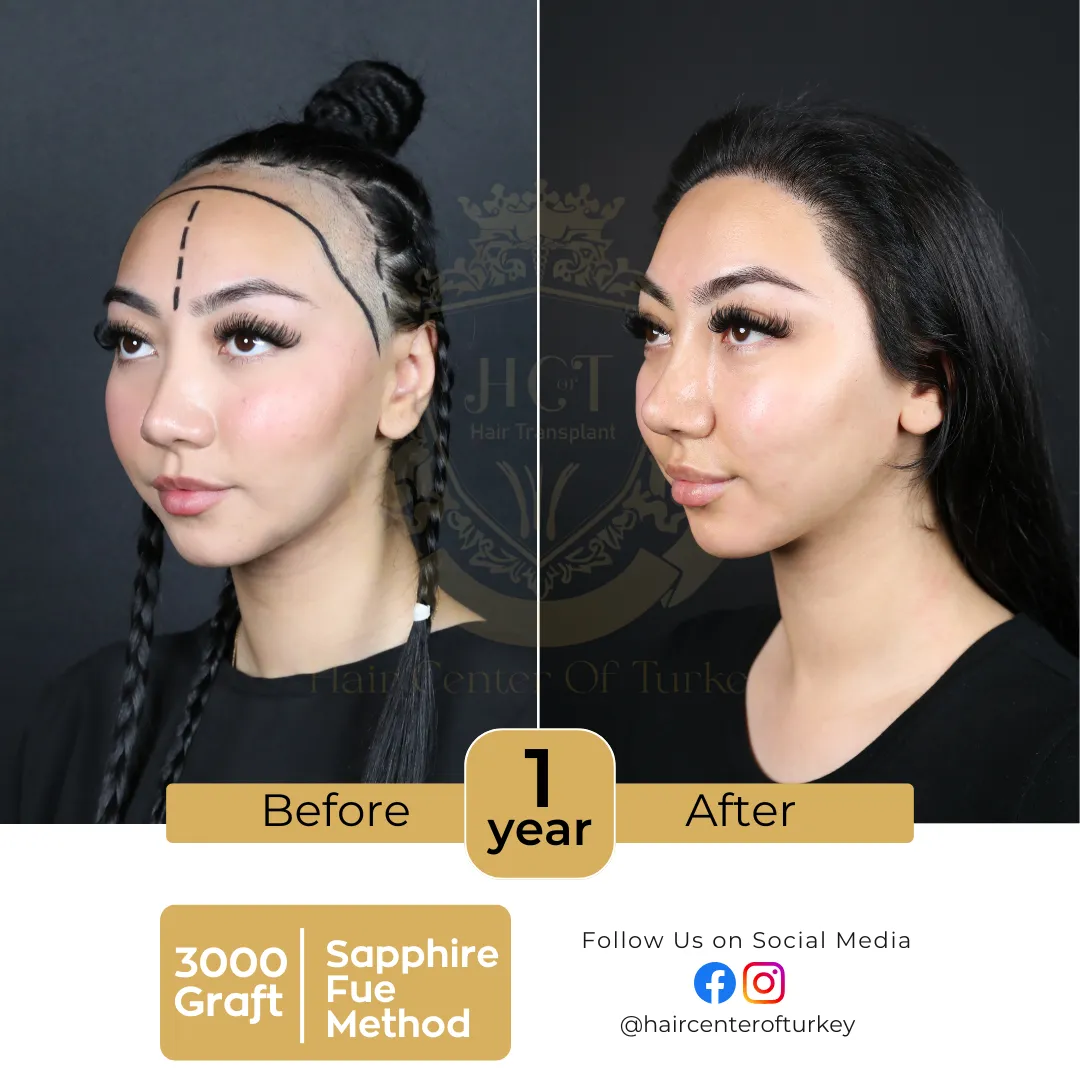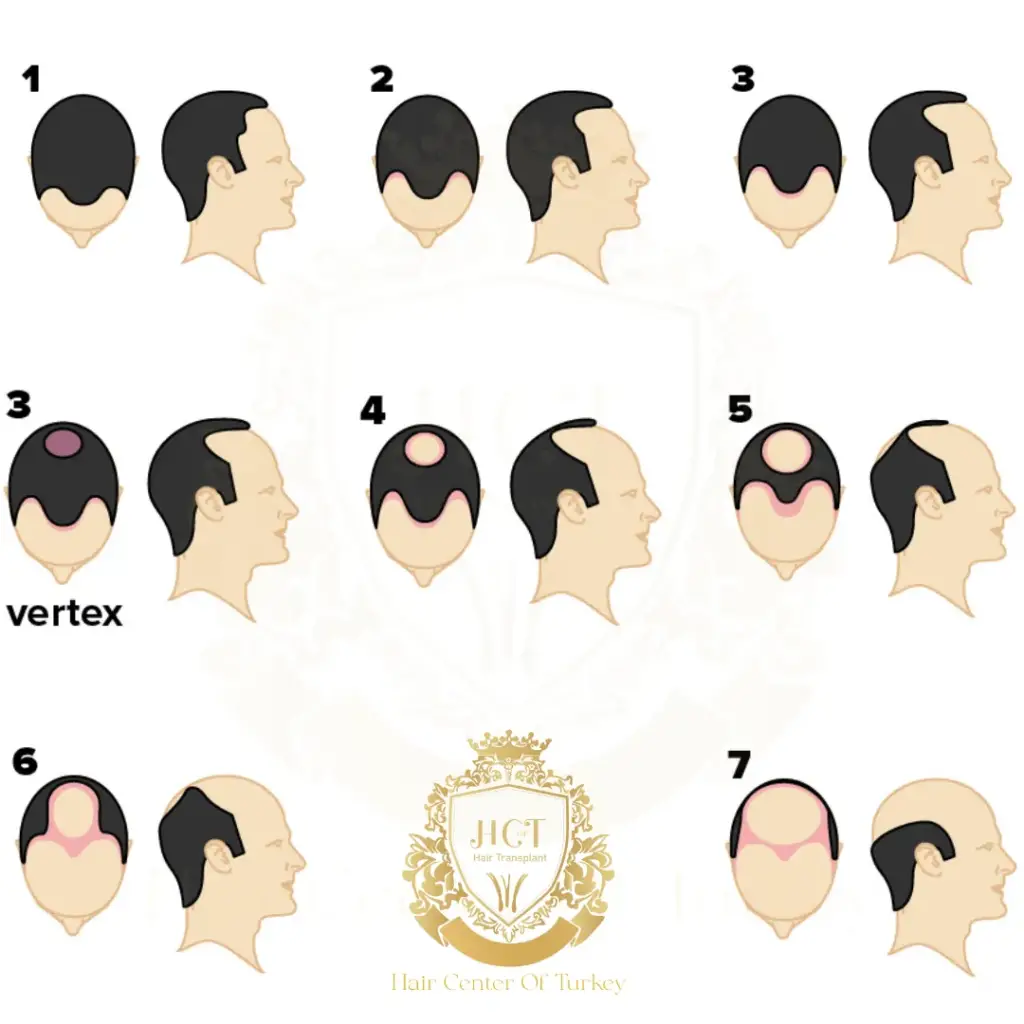How Does the Ludwig Scale Help Identify Female Pattern Hair Loss
Hair thinning and loss in women can be a sensitive and often misunderstood topic. Unlike male pattern baldness, which typically follows a recognizable pattern, female hair loss is usually more diffuse and subtle. That’s why tools like the Ludwig Scale are so important—they provide a standardized method for evaluating the severity and progression of hair thinning in women. In this article, we’ll explain what the Ludwig Scale is, how it works, and how it helps in diagnosing and managing female pattern hair loss effectively.
What Is the Ludwig Scale and Why Is It Used for Female Hair Loss
The Ludwig Scale is a visual classification system developed specifically to categorize hair loss in women. Created by Dr. Erich Ludwig in the 1970s, it outlines three main stages of female pattern hair loss based on the density and visibility of thinning, primarily on the crown and top of the scalp.
Unlike the Norwood Scale used for men, which focuses on a receding hairline and vertex balding, the Ludwig Scale centers around diffuse thinning and helps dermatologists, trichologists, and hair transplant specialists evaluate the condition more accurately.
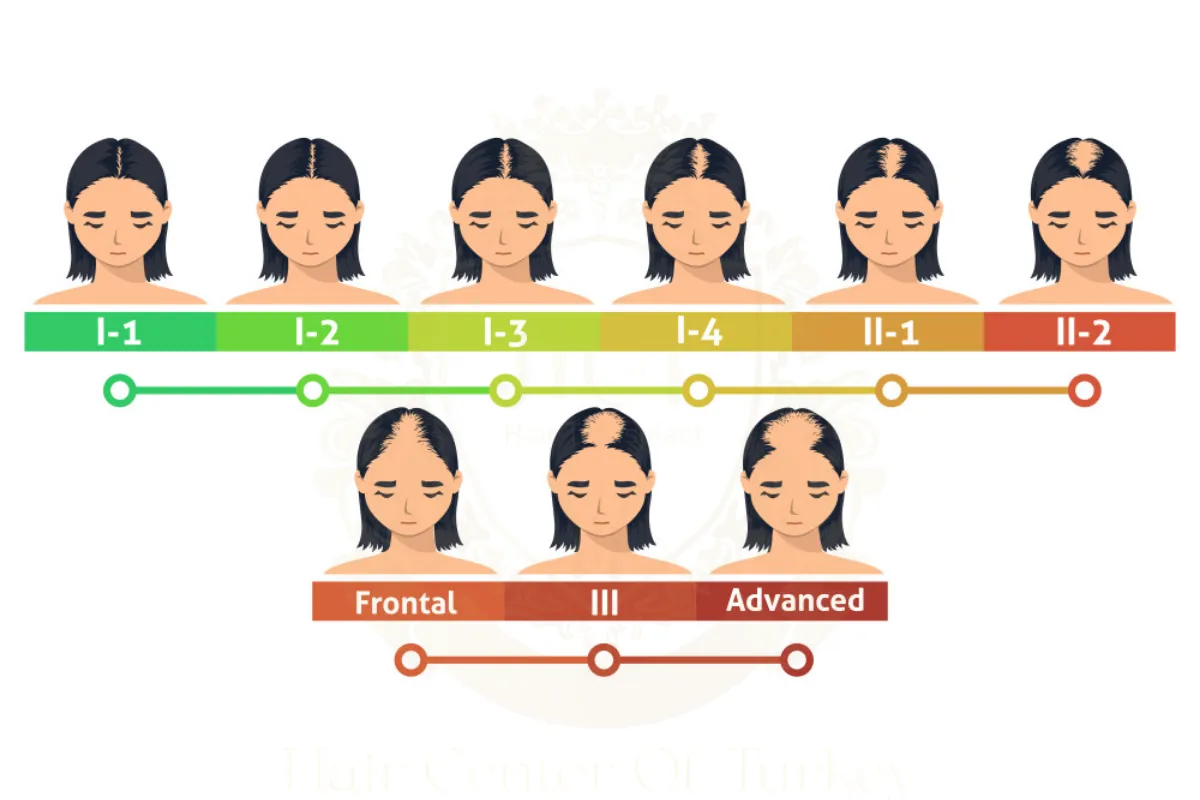
How Does the Ludwig Scale Measure Female Hair Thinning
The Ludwig Scale is divided into three primary stages:
- Type I – Mild Thinning: This is the earliest stage of hair loss. There’s noticeable thinning on the top of the scalp, but it’s often easily concealed with styling. Most women at this stage retain a normal frontal hairline.
- Type II – Moderate Thinning: Hair becomes visibly thinner, especially on the crown, and it’s harder to disguise with regular hairstyles. The central part may begin to widen, and the scalp becomes more visible.
- Type III – Advanced Thinning: This is the most severe stage, where significant hair loss occurs on the top and crown of the scalp. The thinning is dense and often accompanied by an obvious see-through appearance. However, the frontal hairline usually remains intact.
Some variations of the Ludwig Scale also include a Type IIA and IIIB to reflect intermediate stages or broader classifications.
Why Is the Ludwig Scale Important for Treatment Planning
Understanding the severity of hair loss helps specialists create customized treatment plans. For instance:
- Type I: May respond well to topical treatments like minoxidil and lifestyle changes.
- Type II: Often requires a combination of topical, oral medications (like spironolactone or finasteride), and possibly PRP therapy.
- Type III: Might be best treated with hair transplant surgery, if sufficient donor hair exists.
By identifying the correct stage, doctors can avoid under- or overtreating the condition and set realistic expectations for regrowth.
Can the Ludwig Scale Be Used for All Women
Yes, it is commonly used for diagnosing female pattern hair loss, but it may not be suitable for other causes such as alopecia areata, telogen effluvium, or scarring alopecias. In those cases, additional diagnostic tools like scalp biopsies, blood tests, or trichoscopy may be needed.
The Ludwig Scale is best used in combination with a full clinical examination to get an accurate picture of your hair health and to decide the next steps.
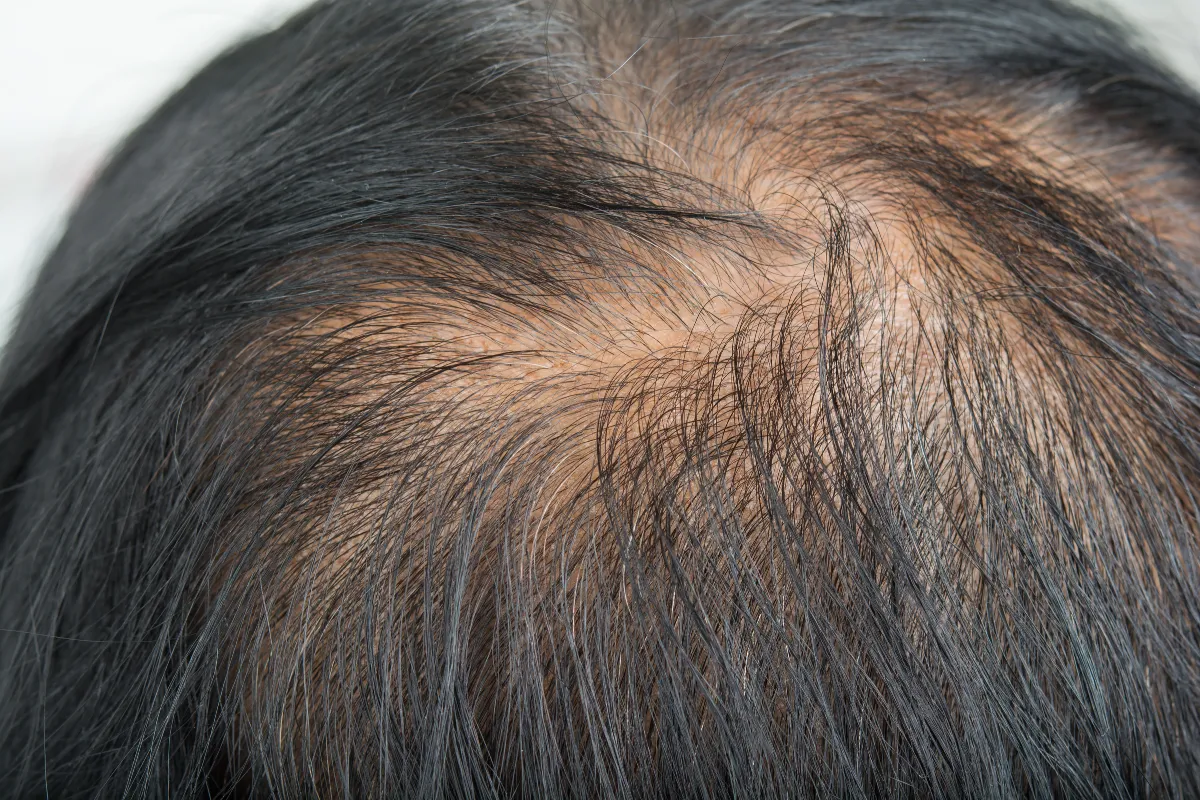
Is the Ludwig Scale Still Relevant in Modern Hair Restoration
Absolutely. Although newer tools like the Savin Scale offer more detailed classifications, the Ludwig Scale remains a widely accepted and practical guide, especially in clinics and dermatology offices. It continues to provide a straightforward framework for evaluating and discussing female hair loss progression.




